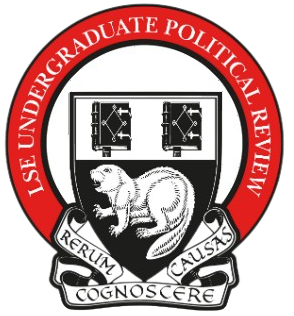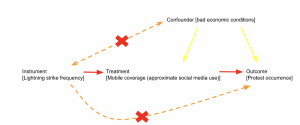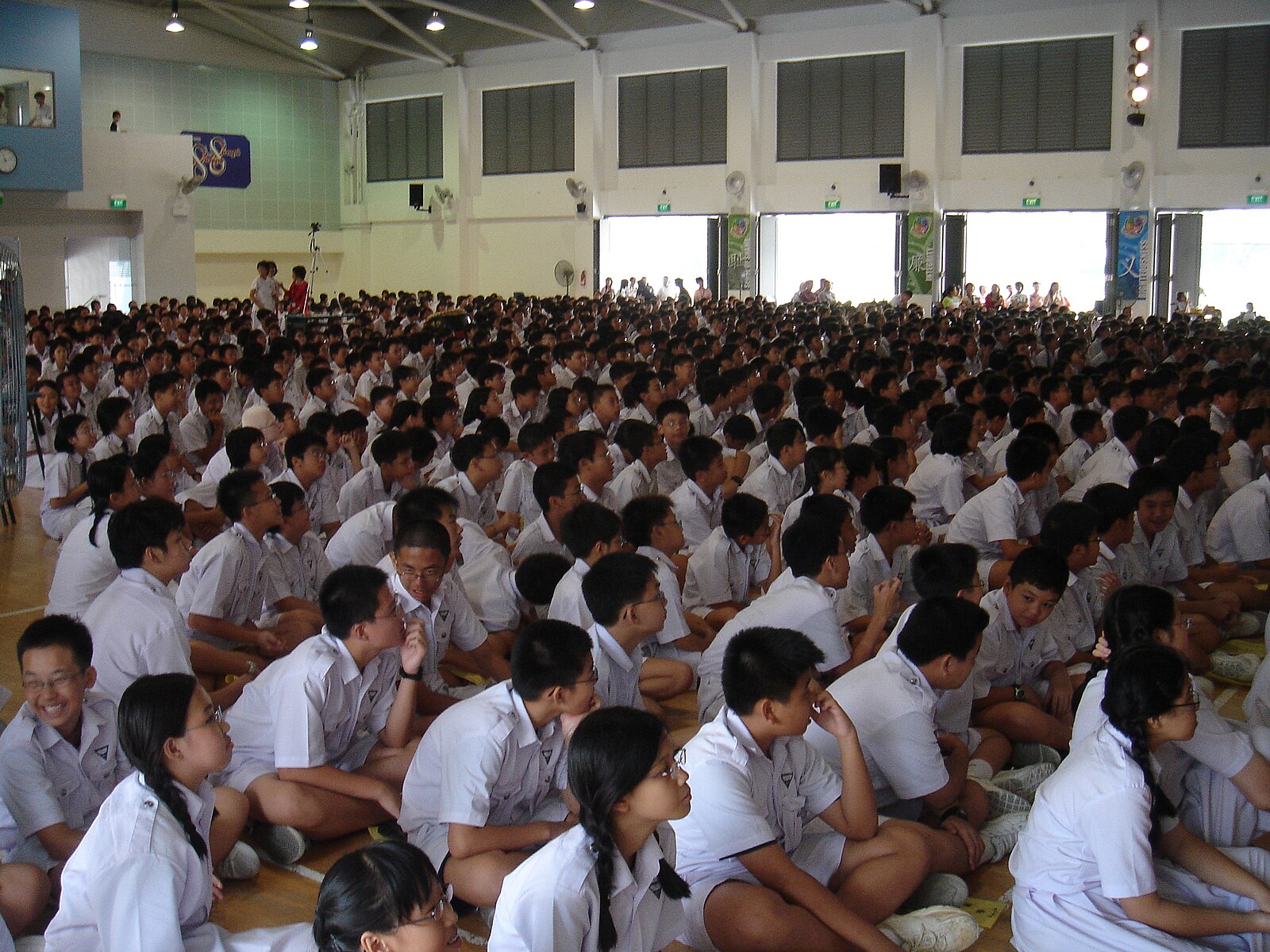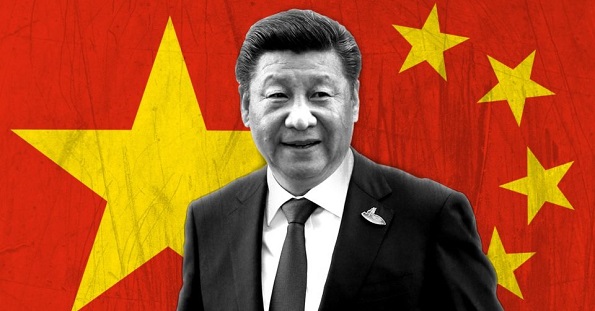Felix Brown, BSc. PPE ’25 (Reading time 12 minutes)
Following events like the Black Lives Matter protests and the Arab Spring, a consensus has emerged that the explosion in international social media usage has been a significant enabler of protest movements. This claim is often justified using rationalist models of collective action which emphasise the impact of the low barrier to entry and horizontal information flows characteristic of social media. However, this intuition is not sufficient for rigorously justifying the existence of a relationship, something that requires empirical evidence. Furthermore, even finding an empirical relationship is not sufficient for inferring a causal relationship between social media use and protest. Hence, this guide will first explore the impact of social media on protest using a theoretical approach, drawing from political economy. This guide will then discuss social psychology studies documenting this association. Finally, the instrumental variable method will be explained and used to discern the existence of a causal relationship between social media and protest.
Theoretical Approach to the Effect of Social Media on Protest
At the core of most models of collective action like protest is an actor undertaking a cost benefit analysis of participation. For most, the main incentive to participate is the possibility of protest goals being achieved. On the other side of the equation are costs such as the possibility of imprisonment if the agent is living under an authoritarian regime or simply the opportunity cost of protesting instead of working or relaxing at home. Adding social media to this rationalist, cost benefit model of protest has multiple potential theoretical effects.
One hypothesised mechanism is that social media usage improves the quantity and or quality of available information. A possible effect of this is the proliferation of salient examples of state violence which would not have been shared without social media. This could increase agents’ perceived cost significantly, even if the underlying reality of the danger of protest is unchanged, implying a potential negative effect of social media on protest participation. However, the opposite effect can be theorised. Social media could affect both the quantity and quality of information about the protest. Having more, better quality information about a protest could reduce the uncertainty of participating, making agents more comfortable attending.
Furthermore, social psychology research gives further theoretical explanations of how social media could affect protest participation, outside of the rationalist cost-benefit model. Van Zomeren et al (2012) emphasise the role of anger at injustice in leading to protest participation, something that can be easily shared and induced in others using social media. Other research shows how social media can trigger group strong identification, such as with your gender, which can then be organised around protest movements.
Hence, together, rational models focusing on cost benefit and social psychology models which take into account emotional factors indicate no clear effect. It appears there are many ways social media could affect protest, some increasing and others decreasing protest.
Despite this ambiguous conclusion, one inference is that there are strong theoretical reasons against the consensus that social media enables protest, as it is possible to think of ways social media can decrease protest. It therefore is necessary to evaluate the relationship empirically to discern the size and direction of effect.
Emperics on Social Media and Protest
Many political scientists have conducted empirical analysis of the relationship between social media and protest participation, using a variety of contexts and metrics.
Acemoglu et al. (2018) examined the Arab Spring in Egypt, one of the inspirations of the popular understanding of the relationship. They measured protest-related social media usage through the number of Twitter posts with keywords linked to Tahrir Square, the center of the protests. The research indicates social media use is associated with protests taking place, finding that discontent expressed on Twitter predicted protest turnout. Steinert-Threlkeld et al. (2015) examined protests in 16 countries during the Arab Spring. They found tweets with protest-related hashtags were associated with an increase in protests the following day, supporting Acemoglu et al.’s conclusion. King et al. (2013) applied a similar method to the Chinese social media platform Weibo, finding posts with protest-related keywords can predict protests days in advance.
Consequently, it appears there is a positive relationship between social media use and protest. Furthermore, it also seems that these findings are externally valid, as they have been replicated using protest data from many countries and throughout the historical lifespan of social media.
Why this Correlation Might Not Equal Causation
However, it is not possible to rigorously infer a causal interpretation from this consistently documented positive correlation. This is because it is possible to think of variables that influence both protest-related social media use and offline protest participation. For example, opposition to a government or policy could cause potential protesters to both create and share social media posts spreading information or support for a protest and also making potential protesters more likely to participate. Since opposition to the government could affect both variables, an association between the two appears in observational data, even if there is not necessarily a causal relationship. Variables that affect both the independent and control variables like opposition to the government are referred to as confounders.
[arrows indicate one variable affecting another]
Thus, the previously discussed empirical studies indicate an association between social media use and protest. However, at this point, a causal interpretation that increased social media use leads to more protests is not possible due to potential confounding problems.
Inferring a Causal Relationship using an Instrumental Variable Approach
Fortunately, recent papers by Manacorda and Tesei (2020) and Enikolopov et al. (2020) use a technique called the method of instrumental variables to try to empirically prove a causal effect of protest-related social media use on offline protest participation. I will use Manacorda and Tesei’s (2020) paper on protest and social media use across the African continent to explain the method.
Manacorda and Tesei’s use of instrumental variables focus on three variables: protest occurrence, mobile phone signal coverage, and lightning strikes. This model’s independent (also known as treatment) variable is mobile phone signal coverage, plausibly acting as an approximation of social media usage since social media is not usable without coverage. Previously discussed studies’ method would have been to simply examine the relationship between signal coverage and protest occurrence. However, as I showed above, doing so does not permit a causal interpretation due to potential confounders. Consequently, Manacorda and Tesei use the instrument of lightning strikes.
Generally, instrumental variables cause changes in the treatment, in this case, mobile coverage, without changing confounders (indicated in the below diagram by the orange arrow between instrument and confounder). This means that the effect of confounders (yellow arrows) is avoided, permitting a causal interpretation! In Manacorda and Tesei’s experiment, this means that lightning strikes only affect protest occurrence by creating variation in mobile phone coverage, not through changing other variables such as economic conditions. This seems plausible as lightning strikes make the maintenance of cell towers much more costly, creating a variance in the treatment.
A second condition for instrumental variables to give a causal interpretation is that they must also not affect the outcome directly, only through the treatment. Hence, any differences in protest occurrences between different levels of lightning frequency must be due to differences in mobile signal coverage (the two red arrows). This is why the lower orange arrow is crossed out. This condition seems likely as it seems improbable that lightning strikes will affect protest occurrence outside of through mobile coverage except for through weather. Luckily, the weather is controlled in Manacorda and Tesei’s model.
Consequently, using the instrument lightning strike frequency allows for an estimate of the causal effect of social media usage (approximated by mobile phone signal coverage) on protest occurrence. This is because only changes in mobile phone coverage that result from lightning strikes are used to estimate the causal effect, avoiding possible confounders.
Once the various regressions using instrumental variables are calculated, Manacorda and Tesei find a statistically significant effect of mobile coverage on protest occurrence. However, this effect is interestingly only present when there is an economic downturn in the area (represented by the variable change in GDP growth in their model). Protest per capita that is associated with a GDP decrease of one standard deviation is 23% higher in areas with mobile coverage. Hence, it appears social media usage does cause more protest participation, but only in the presence of an economic downturn. This causal interpretation is possible because of the usage of the instrumental variable lightning strikes to remove confounders.
Enikolopov et al.’s Instrumental Variable Analysis of Social Media and Protest in Russia
Enikolopov et al. 2020 also use the method of instrumental variables to determine if there is a causal, not just associative, relationship between social media usage and protest participation. The authors answer this by examining the impact of the now dominant social media platform VK on Russia’s 2011 protests against electoral fraud. Because VK usage (treatment variable) and participation in the 2011 anti-government protests (outcome variable) are potentially confounded by many variables (such as political attitudes, age, and economic class), the paper’s authors use the ingenious instrument city of origin of the classmates of VK’s founder.
VK was founded in 2006 by Pavel Durov during his studies at Saint Petersburg State University. Consequently, students in Pavel’s year were much more likely to be early adopters of the platform. Since these students were from across Russia, when they returned to their home cities, they would spread VK adoption, which was then amplified through network effects, leading to the home cities of Pavel’s classmates having higher rates of VK usage during the 2011 protests when compared to cities without Pavel’s classmates. If variables like city income and city political leaning are controlled for, the city of origin of Pavel’s classmate can therefore be used as an instrument. This is because the variable creates variation in social media usage that is unrelated to potential confounders while also only causing protests through VK adoption.
Using this instrument, Enikolopov et al. found a 10% increase in VK usage increased the probability of protest by 4.6% and the number of protests by 19%. Hence, during the 2011 Russian protests, social media usage had a strong causal effect on both if protests took place and how many attended them.
Conclusion
A priori, theoretical analysis of the effect of social media usage on protest is ambiguous. This is because it is possible to think of ways social media could both increase and decrease the tendency of an agent to protest. An unclear aggregate effect is an implication when applying both rationalism and social psychological models of collective action to social media and protest. However, the empirical analysis offers a more clear conclusion. It appears there is a consistent positive effect of social media use on protest participation. Furthermore, the method of instrumental variables indicates there is a moderate causal effect, not just an association. However, although the non-causal studies were conducted across many different regions and time periods, indicating external validity, because valid instrumental variables are so difficult to find, studies showing a causal relationship are restricted in both time and region. Furthermore, Manacorda and Tesei found social media only had an effect in conjunction with an economic downturn, something that was contradicted by Enikolopov et al. Consequently, although research generally indicates social media causes more protest, the effect size, generalizability, and accuracy are all uncertain. Nevertheless, as social media continues to grow in importance, it is likely that more research will be done on the relationship in the future, hopefully giving a clear answer.








